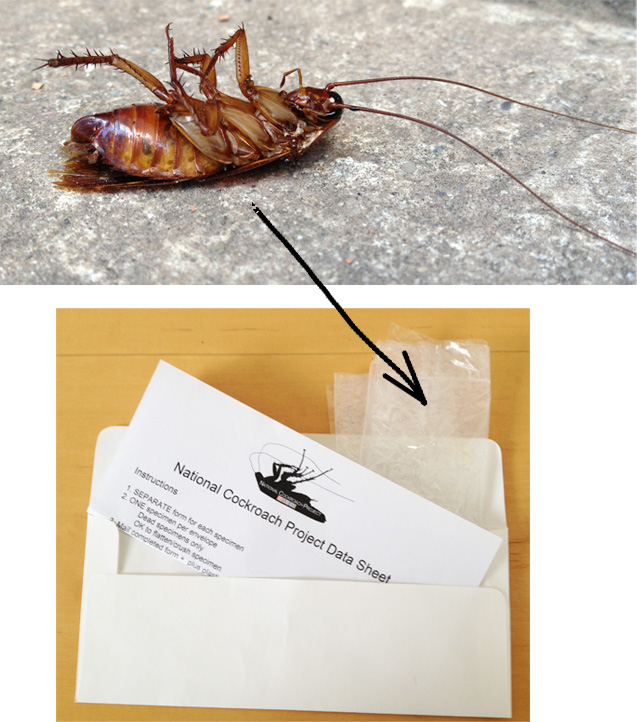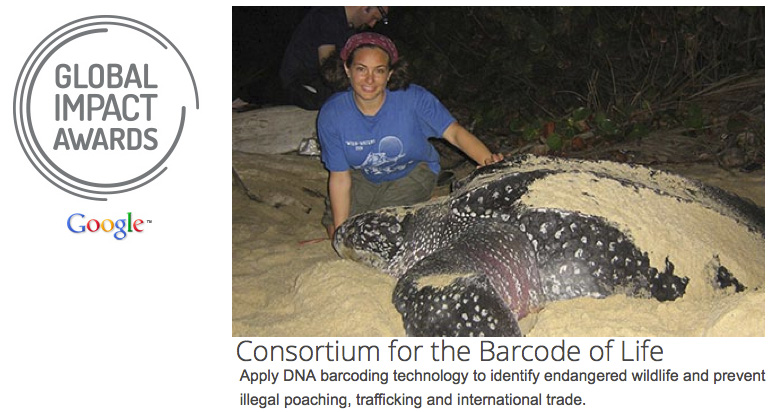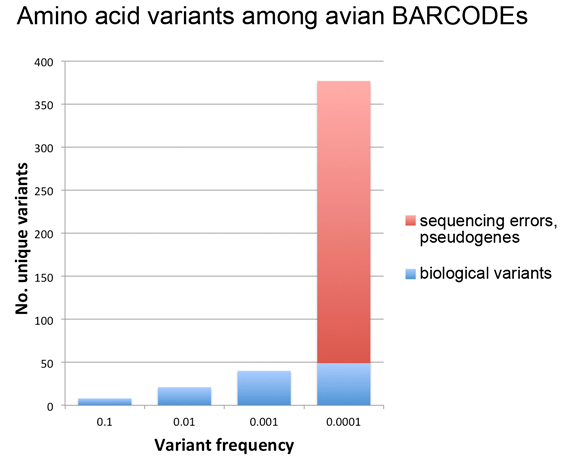The International Quiet Ocean Experiment is the subject of a good segment on National Public Radio’s All Things Considered news program prepared by Sasha Pfeiffer and Lynn Jolicoeur at WBUR Boston. The segment feature Jesse Ausubel and an excellent sample of sounds of the sea.
News
Peak Farmland in the news
Andy Revkin blogs our new work on Peak Farmland in the New York Times.
Peak Farmland
We post Jesse H. Ausubel, Iddo K. Wernick and Paul E. Waggoner, “Peak Farmland and the Prospects for Sparing Nature,†Population and Public Policy: Essays in Honor of Paul Demeny, eds. Geoffrey McNicoll, John Bongaarts, and Ethel P. Churchill, supplement to Population and Development Review, vol. 38. New York: Population Council, 2013. We also post Jesse’s short lecture, Peak Farmland, based on the paper. The lecture is part of the 18 December 2012 symposium at The Rockefeller University in celebration of Paul Demeny’s 80th Birthday and to mark his retirement as editor of Population and Development Review.
Census of Marine Life on Naked Science radio
Sarah Castor-Perry of the lively UK Naked Science radio program broadcast an excellent series about the oceans, including an interview with Jesse Ausubel about the Census of Marine Life.
DNA barcoding a hardy urban denizen
 In 2009, high school students found novel DNA barcode types in American cockroaches (Periplaneta americana) in New York City (DNAHouse). Hoping to learn more about this feared and despised yet ineradicable urban denizen, we are starting a National Cockroach Project. A quick summary so far:
In 2009, high school students found novel DNA barcode types in American cockroaches (Periplaneta americana) in New York City (DNAHouse). Hoping to learn more about this feared and despised yet ineradicable urban denizen, we are starting a National Cockroach Project. A quick summary so far:
What High school students and other citizen scientists collecting and helping analyze American cockroaches using DNA barcoding.
Why Genetic diversity is a window into evolution and patterns of migration. American cockroaches originated in Africa and hitchhiked around the world on commercial goods. This project asks:
 Do American cockroaches differ genetically between cities?
Do American cockroaches differ genetically between cities?- Do US genetic types match those in other parts of the world?
- Are there genetic types that represent undiscovered look-alike species?
How To participate, collect a cockroach!
What you need
- American cockroach (dead)
- Specimen label with collection location, date
- Mailing materials (form with instructions on NCP home page)
What you get
- Thrill of scientific discovery using DNA
- Cool, icky topic to talk about with friends
- DNA sequences you can analyze to study evolution
For more information including how to track down and identify an American cockroach, see NCP home page. I hope you will find this project fun and participate in the crowd-sourced collection effort!
Maglevs and the Vision of St. Hubert in Polish
Our 2002 paper Maglevs and the Vision of St. Hubert is now available in Polish, Maglevs i wizji św Huberta lub Wielki Restoration of Nature: Dlaczego i jak, thanks to Kate Osipova.
Google search leads to CBOL
Following the first Banbury workshop in March 2003, Jesse Ausubel and I wrote a “Draft Scientific Rationale and Strategy” that described DNA barcoding as ““Google” for Life Forms” (with the name in quotes in case readers didn’t get the reference, hard to imagine today!). One year and a second Banbury workshop later the Consortium for the Barcode of Life (CBOL) was inaugurated at Smithsonian Institution, National Museum of Natural History, Washington, DC.
This week the Google Foundation announced a $3 million Global Impact Award to CBOL to enable a DNA barcode reference library for endangered species (and their close relatives) as a tool to prevent illegal wildlife trafficking. As in 2003, this is a wonderfully natural pairing of organizations and a cause for the entire barcoding community to celebrate.
In the language of today, we can see the DNA Barcoding/Google for Life Forms is a kind of “open access” to taxonomic knowledge. It may turn out that the ability to identify species, like the ability to search the internet, will have wider consequences than we currently forsee. In The Viral Storm: The Dawn of a New Pandemic Age (2011), author Nathan Wolfe cites the 2008 high school student DNA barcoding ‘Sushi-gate’ project as “one of the first notable examples of nonscientists “reading” genetic information.” As a Cassandra, Wolfe envisions this as a first step towards DIY bioterrorists but I imagine it is more likely a first step towards DIY biologists sequencing everything in sight, helping monitor the health of the environment, including tracking spread of human and animal diseases.
EMBO Biodiversity conference
The videos of the talks of the EMBO/EMBL conference on Biodiversity and Society held 9-10 November 2012 in Heidelberg are now on-line, including Jesse Ausubel’s talk on Macroscopes for Biodiversity. We recommend especially the talks by Axel Meyer (on speciation), and Erick Karsenti & Colomban de Vargas (on marine biodiversity).
Ocean Exploration 2012 final report
The US Government formed a national program in ocean exploration recommended in the year 2000 by a presidential panel on which Jesse Ausubel served. In 2012, the government requested a review of the program’s first decade. Jesse co-chaired the review panel with Admiral Paul Gaffney (ret.). On 14 November Jesse presented the panel’s report, Ocean Exploration’s Second Decade, in Washington DC to NOAA Administrator Jane Lubchenco and other senior officials.
[This post has been updated to fix the link to the presidential panel report.]
More on BARCODEs as BIG DATA: Visualizing evolutionary constraint (II)
Last week’s post looked at amino acid variation among avian BARCODEs (11,000 sequences, 2,700 bird species). The findings were that common variants (present in >0.1% of sequences) are few and restricted in terms of types of amino acid substitutions, while rare variants (present in <0.1% of sequences) are many and diverse, the latter consistent with our published observation (PLoS ONE 2012 e:43992) that most rare variants in this dataset are sequencing errors.
Here I follow-up on this observation to look more closely at the same dataset, this time asking what is the relationship between variant frequency and number? For this analysis I separated probable biological rare variants (found in 2 or more individuals of a species) from those that were likely sequencing errors or contained in pseudogenes (more details in PLoS ONE paper).
As shown in figure below, this analysis gave what looks like a surprisingly simple relationship between variant number and frequency, which presumably reflects some evolutionary principle assuming it is not an accidental feature of this particular dataset. It may be of interest to analyze amino acid variant frequency and number among BARCODE datasets from other taxonomic groups.
A larger version of this figure is available here.

